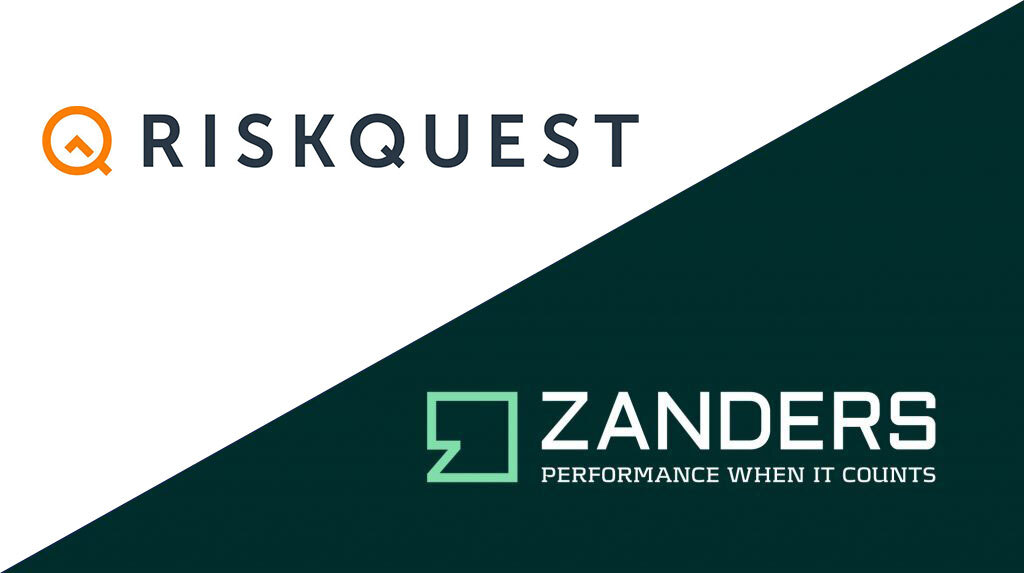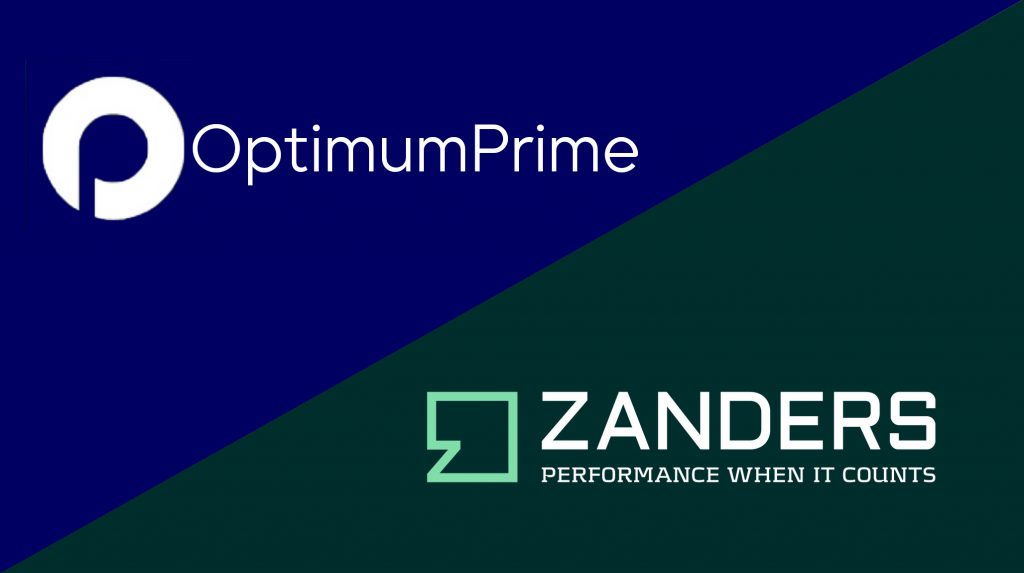With more than 235 million customers worldwide spread across a diverse group of countries, VEON's business is complex in nature. As a consequence, the organization instigated a large-scale transformational program in 2016, in order to take its financial function to a higher level. This also meant a radical change process for treasury activities.
VEON consists of a large number of separate telecommunications companies (telcos). From its head office in Amsterdam, the multinational provides telecommunications and digital services, with different local trademarks, in countries that include Italy, Pakistan, Bangladesh, Algeria and various CIS countries, such as Russia, Ukraine, Uzbekistan and Kazakhstan. Shares in the company are traded on the Nasdaq in New York and Euronext in Amsterdam.
More than mobile
In recent years, VEON has taken over several telcos, but also sold off others. “We are focusing on a number of key markets, where we want to be number one or two,” says Maarten Michalides, director of corporate finance at VEON. “When, for example, we took over a large Egyptian company, GTH, we immediately divested various parts of it located in a number of more southern African countries.” As an example, VEON is the market leader in Pakistan. In addition, the company has a local banking license and, therefore, provides financial services as well. “In such countries, relatively few people have a bank account,” says Michalides. “Because, in terms of systems, the telecoms infrastructure is very similar to that of a bank (we also have customers' name and address data and account balances), and customers are paying with their mobile phones. It is therefore only logical that telcos have a competitive advantage with regard to financial services. We provide them in Pakistan, but also in countries such as Russia and Ukraine.”
In addition, VEON focuses on developments involving new digital opportunities and enables customers to access all kinds of services via the VEON app. This is an important growth strategy for the company, says Michalides. “The growing capabilities of telephones increasingly enable, not just local, but also international service providers to enter the market. Our aim is to progressively transform from a traditional telecom company to digital service provider.”
Transformational program
As a result of this strategic change, VEON faced a major challenge: the entire finance organization had to become more cost-efficient, more standardized and more business-focused. Part of this plan was the centralization of the operational finance activities in a number of shared service centers (SSCs), which had already started. “This was necessary not only for the sake of efficiency, but also from a quality and control perspective,” explains Michalides. Spread across various countries, more than 40,000 VEON employees were used to working with their own systems and according to their own procedures and processes. “This generally works well on a stand-alone basis, but in the end it is logical for a large international group to harmonize,” he adds. That is why in 2016, when the company was still called Vimpelcom, it launched a large-scale program to transform its finance function.
This broader project made it necessary for the treasury team to initiate a treasury transformation project in order to design a new Treasury Global Operating Model (TGOM), in which the treasury organization, processes, supporting systems and activities were redefined. In other words, the various treasury departments within VEON were to become uniform and harmonized on the basis of this TGOM.
Local presence
As a consequence, the entire company is currently undergoing a transformation phase, says Michalides. “We are moving towards more central purchasing, implementing a single ERP system that everyone in the organization will use, and we are setting up new SSCs in a number of places, merging overlapping operational activities. This is occurring one step at a time and cannot be done quickly, due to certain factors including regulations and the company’s history. Treasury cannot be left behind in this transformation. With about 150 people, our treasury organization seemed huge, but half of it was actually Accounts Receivable or involved in other financial-administrative services.”
VEON uses more than 100 banks and 1,000 bank accounts. Local bank accounts and relations are really necessary in many countries, notes Michalides. “In some countries, we have to set up the financing locally, as local approval by banks and governments is needed to get things done. Local legislation and status of the banking system therefore make it difficult to centralize. This also means that we cannot simply cut back from 75 to 10 treasurers, as would be possible for a telco operating in the West. We are going to reduce the number considerably, but it is more important that we have a grip on the operation, so we know exactly what happens, when and by whom. That is the primary goal in the treasury project that we are undertaking.”
Open-heart surgery
When this project was identified, Michalides' department went in search of support. “We knew, for example, that our current treasury management system (TMS) was no longer going to help us and should be renewed. We knew that it was necessary to gain more control over the treasury activities of the entire company. We also knew that the rest of the company was working on a finance transformation. Working with the group treasurer, I proceeded to identify a consulting company that was completely dedicated to treasury – hence not distracted by other services such as accountancy, software and the like. Personally, I had good experiences with Zanders when working at Heineken and Corio. We made an appointment and received a convincing presentation, clearly showing how much experience they already had with regard to treasury transformation. We had known for a while that we had much to do and that it would be far-reaching. And, if you are undergoing open heart surgery and are vulnerable, it is nice to know that the surgeon can recognize what he is going to see and knows exactly what he is doing. It was therefore an easy choice for us.”
A new treasury system
A number of important steps were taken shortly afterwards, starting with a review and assessment of the current treasury organization, processes and systems in all relevant countries as well as at group treasury level. Then a preliminary treasury global operating model was defined and a fit-gap analysis was performed to assess the current state of treasury and what needed to be done to reach the target state. “We subsequently arrived at a blueprint and a roadmap of what the treasury function should look like between now and a few years hence,” explains Michalides. “This took place with proper consultation and a great deal of local involvement. Despite the fact that each country manages treasury in its own manner, the outcome has become a uniform plan that is supported and recognized by everyone.”
This plan indicates that the various treasury departments will have to operate more in accordance with shared principles, while taking into account the many local requirements and restrictions on currencies, tax and central bank rules. A crucial part of the TGOM is a crystal clear definition of the vision, the objectives and the scope of treasury within VEON, as well as clear policies and procedures, and the definition and assignment of roles and responsibilities at all levels within the treasury organization.
Michalides says: “In addition, the use of our treasury system turned out to be too non-committal, so we have defined a vision for a new single TMS; one system that can be managed centrally, communicates well with other systems and is therefore not without obligation. In the end, we want automatic payments and accounting, which means that control will also run faster and more effectively.”
“Viewed from a treasury perspective, the intended new system needs to support the entire process end-to-end,” Zanders consultant Job Wolters explains. “This means that, after logging in, you immediately see the current financial positions, and recognize the financial risks that exist. You can use it to analyze, provide support for decisions and execution, and to record your financial transactions – and then you have the link to accounting, the banks and reporting to senior management.”
Relevant streams
The selection of the new TMS is a very important cornerstone of the TGOM implementation project, Michalides emphasizes. “The organization and processes at the various SSCs must function in a more streamlined manner.” In addition, the team is busy setting up an in-house bank, an entity in Luxembourg that will act as the SSC for the corporate head office in Amsterdam, which operates more as the strategic function. The SSCs have the execution function, while Luxembourg has to play an exemplary role for the various local treasury departments. From Michalides’ young, international team, someone is involved in every project stream: the TGOM implementation, the TMS implementation, a bank rationalization and a cash flow forecasting project.
“The project is being undertaken by VEON and Zanders,” says Michalides. “It has been well thought out beforehand, allowing it to be executed in logical steps – an integral approach. For the overall project, we appointed an internal project manager, who provides support from VEON to Zanders, helping to find their way through the organization. This turned out to be a brilliant move, which is working very well. Since we are constantly being overtaken by the issues of the day, we ourselves cannot give the support that such an important and far-reaching project needs.”
Involving all countries
The role of treasury in the more general sense has recently changed within organizations, notes Michalides. “Especially with regard to systems and processes. More and more companies are centralizing the treasury function. This is also a logical move once you become more internationally active, an expansion that requires more centralization and therefore transformation as well. However, VEON is also a special company in this area; there are few Western companies with such a deep-rooted presence in complicated countries. Our offices have really grown out of their local environments.”
Looking back at recent developments, Michalides has some tips for other treasuries: “The success of a large complex project is mainly about good preparation. In addition, the involvement of the countries where you are established has proved to be very important. You must take your time for that, and remain well aware of their situation and processes. People appreciate it very much when they are involved in something so important.”
Would you like to know more about treasury transformation? Contact us today.




































